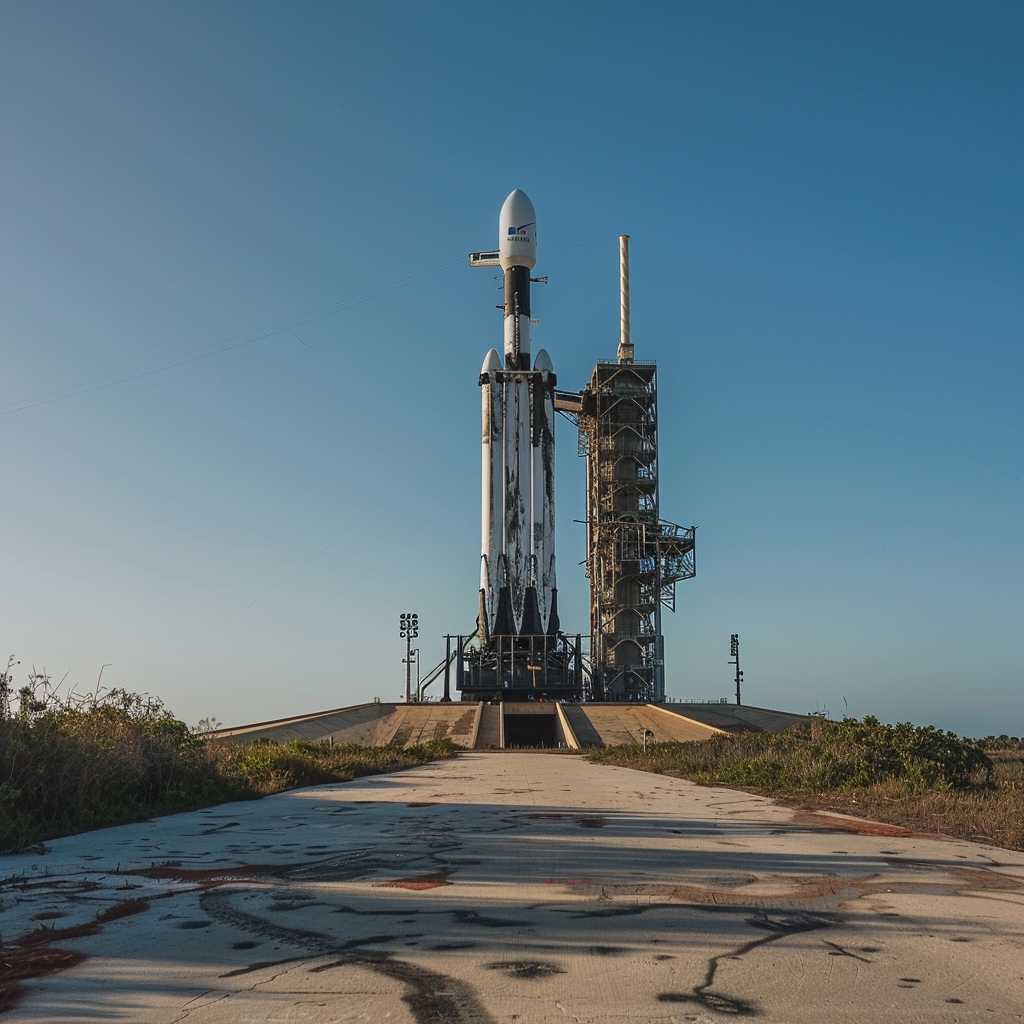The Evolution and Impact of SpaceX: Pioneering the Future of Space Exploration and Travel
Space Exploration Technologies Corp., better known as SpaceX, is a private American aerospace manufacturer and space transportation company founded in 2002 by Elon Musk. Its inception marked the ambition to reduce space transportation costs and enable the colonization of Mars. Over the years, it has achieved significant milestones that have revolutionized space travel, raising the prospects of more accessible and sustainable exploration.
The Founding Vision of SpaceX
From the onset, SpaceX’s founding vision was simple yet audacious: make it possible for humans to live on other planets. Led by Elon Musk, the company saw a future beyond Earth’s atmosphere, willing to break traditional aerospace paradigms. The long-term goal was to establish a human settlement on Mars, which would necessitate substantial advancements in rocket technology and dramatic cost reductions in space launches.
Despite early skepticism from within the aerospace industry, SpaceX focused on developing cost-effective and reusable rocket technology. Their efforts emphasized reusability as a key to opening the space frontier, considering that reusable rockets would significantly reduce the cost of accessing space.
Technological Breakthroughs and Achievements
SpaceX’s journey involved several noteworthy achievements:
–
Falcon 1 : On September 28, 2008, SpaceX’s Falcon 1 became the first privately developed liquid-fuel rocket to reach orbit.
–
Falcon 9 : The company developed the Falcon 9 rocket with higher payload capabilities and successful multiple re-flights.
–
Dragon : The Dragon spacecraft began supplying cargo to the International Space Station (ISS) under NASA’s Commercial Resupply Services contract.
–
Reusability Milestone : On March 30, 2017, SpaceX achieved a historic milestone by successfully re-flying a previously used Falcon 9 booster. This achievement demonstrated the potential for rocket reusability to lower launch costs significantly.
–
Crewed Flights : With Crew Dragon spacecraft flights beginning in 2020, SpaceX restored American ability to send astronauts to and from the ISS, which had relied on Russian Soyuz spacecraft since NASA’s Space Shuttle was retired.
–
Starlink : Starklink aims at creating a satellite internet constellation providing global broadband coverage for high-speed internet services worldwide.
SpaceX also has plans for Mars exploration set in motion with the development of Starship—a spacecraft designed for eventual human travel to Mars. Starship’s testing campaigns mark progress towards creating a fully reusable transportation system capable of carrying humans to the Moon, Mars, and beyond.
Global Impact and Industry Disruption
SpaceX has substantially impacted the space industry:
–
Commercial Sector Boost : By offering more competitive launch prices, SpaceX encouraged a rise in commercial satellite launches after years of stagnation.
–
International Collaborations : It established partnerships with various international space agencies and launched missions for countries that had not previously had access to space.
–
Educational Influence : New academic programs aiming to supply trained professionals in aerospace industries emerged due to increased opportunities and interest in the field. Challenges and Controversies
Challenges and Controversies
As with all pioneering endeavors, SpaceX has faced its share of challenges:
–
Launch Failures : Early years were marked with several launch failures that jeopardized the company’s future.
–
International Concerns : The rapid deployment of Starlink satellites heightened international discussions about space traffic management and orbital debris.
–
Workforce Strain : A relentless push for innovation at SpaceX sometimes led to an intense work culture, raising debates over employee work-life balance. Notes
Notes
*Image description*: An imposing Falcon 9 rocket stands upright on its launchpad against a clear blue sky. Upon closer inspection, subtle marks and soot traces hint at its former journey through the atmosphere – a testament to its groundbreaking reusable design crafted by Space Exploration Technologies Corp.
